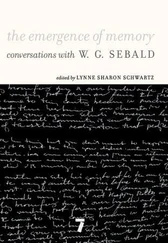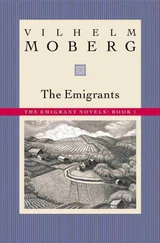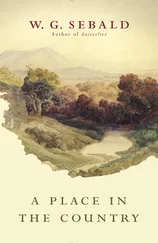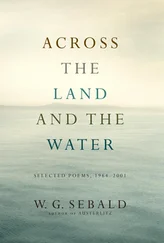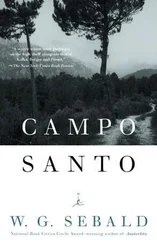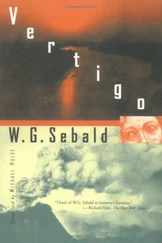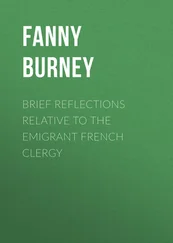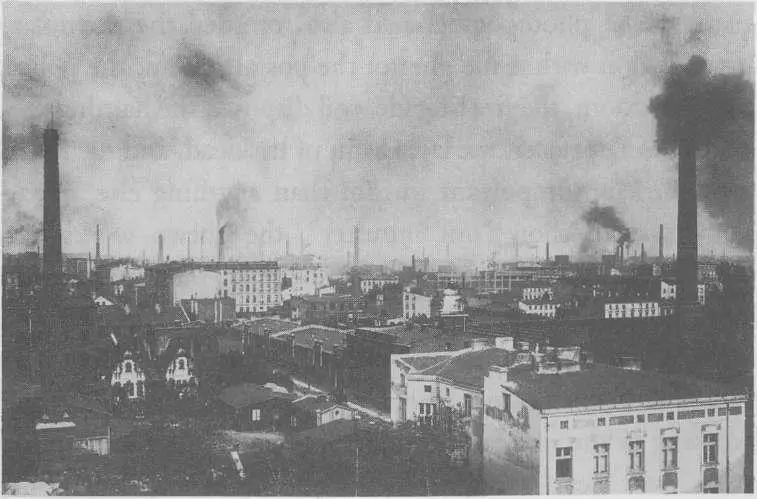
Manczester. The photographs, which had been discovered in 1987 in a small suitcase, carefully sorted and inscribed, in an antique dealer's shop in Vienna, had been taken as personal souvenirs by a book-keeper and financial expert named Genewein, who came from near Salzburg and who was himself in one of the pictures, counting money at his bureau. The pictures also showed the lord mayor of Litzmannstadt, one Hans Biebow, on his birthday, well scrubbed and with a neat parting, at a table adorned with asparagus ferns and groaning beneath potted plants, bouquets, cakes and cold cuts. There were German men too with their girlfriends and wives, all — without exception — in high spirits. And there were pictures of the ghetto — street cobbles, tram tracks, housefronts, hoardings, demolition sites, fire protection walls, beneath a sky that was grey, watery green, or white and blue — strangely deserted pictures, scarcely one of which showed a living soul, despite the fact that at times there were as many as a hundred and seventy thousand people in Litzmannstadt, in an area of no more than five square kilometres. The photographer had also recorded the exemplary organization within the ghetto: the postal system, the police, the courtroom, the fire brigade, soil disposal, the hairdresser's, the medical services, the laying out of the dead, and the burial ground. More important to him than anything else, apparently, was to show "our industry", the ghetto works that were essential to the wartime economy. In these production sites, most of which were designed for basic manufacture, women were sitting making baskets, child apprentices were busy in the metalwork shop, men were making bullets or working in the nail factory or the rag depot, and everywhere there were faces, countless faces, who looked up from their work (and were permitted to do so) purposely and solely for the fraction of a second that it took to take the photograph. Work is our only course, they said. - Behind the perpendicular frame of a loom sit three young women, perhaps aged twenty. The irregular geometrical patterns of the carpet they are knotting, and even its colours, remind me of the settee in our living room at home. Who the young women are I do not know. The light falls on them from the window in the background, so I cannot make out their eyes clearly, but I sense that all three of them are looking across at me, since I am standing on the very spot where Genewein the accountant stood with his camera. The young woman in the middle is blonde and has the air of a bride about her. The weaver to her left has inclined her head a little to one side, whilst the woman on the right is looking at me with so steady and relentless a gaze that I cannot meet it for long. I wonder what the three women's names were — Roza, Luisa and Lea, or Nona, Decuma and Morta, the daughters of night, with spindle, scissors and thread.
Photograph of the author by Jan Peter Tripp
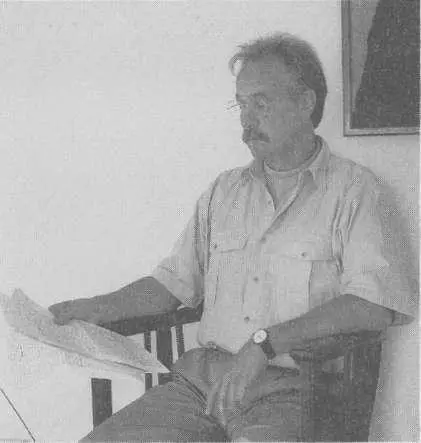
W. G. SEBALD was born in 1944 in Wertach im Allgäu, Germany. He studied German language and literature in Switzerland and Britain. Beginning in 1970 he taught at the University of East Anglia in Norwich, England, and from 1989 to 1994 was the first director of The British Centre for Literary Translation. His books The Emigrants, The Rings of Saturn, Vertigo, Austerlitz, The Natural History of Destruction, and After Nature won many international awards, including The Los Angeles Times Book Award for Fiction, the National Book Critics Circle Award, and the Berlin Literature Prize. He died in December 2001.
MICHAEL HULSE has translated Goethe's The Sorrows of Young Werther and Jakob Wassermann's Caspar Hauser as well as contemporary German writing by Luise Rinser, Botho Straus, and Elfriede Jelinek. An award-winning poet, he is the author of Eating Strawberries in the Necropolis.



